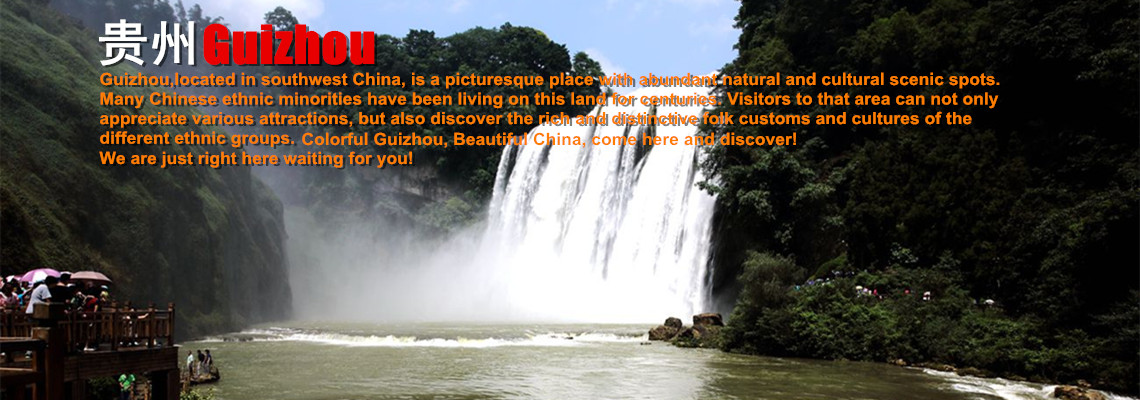
Matang Gejia Village
Matang Gejia Village is situated in Longchang Town, 21km north from Kaili City, Southwest Guizhou Province. Gejia Ethnic Group. one of style of Miao Ethnic Minority, is the only unrecognized ethnic group in China. In Matang Gejia Village, the especially friendly villagers will serve you with overloaded bowls of yummy and organic rice. Matang Gejia Village is easy to access.
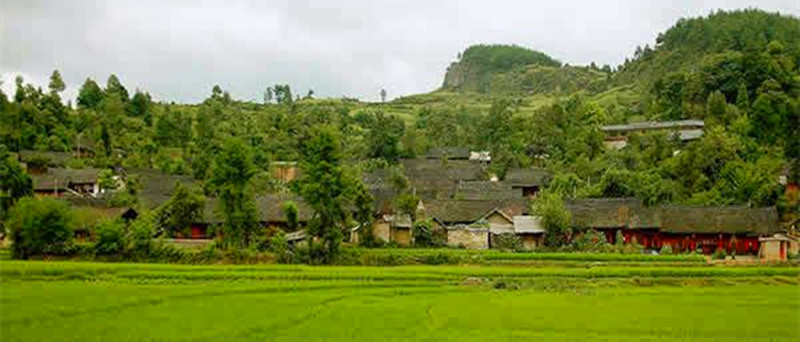
Around 450 villagers of 98 households live here. With a population totaled around 50,000 in China, Gejia ethnic group is the only unrecognized ethnic group in China. Enveloped in the ocean of Miao villages in Kali, Gejia people share the same language with Miao and differentiate themselves from other tribes by unique attires, faith and culture.
What to see ?
Upon your arrival, Gejia people will dress up and line up the entry of the village, performing the guest-greeting song and offering rice wine. During the stopover, you can ramble around and talk with warm-hearted Gejia people, to share photos with them for free and venture into their houses to enjoy their marvelous batik artwork and unravel its mystery by observing the making process. If you are lucky, Gejia people will dress you up with their unique costumes. Do not miss those merry performances such as Lusheng Dance, Bench Dance, love songs, wine-toasting songs and guest-greeting songs.For travelers, one of the highlights in Matang Gejia Village is to indulge in this tranquil village’s unspoiled idyllic landscape, slow-paced countryside lifestyle and the uncommercialized atmosphere.
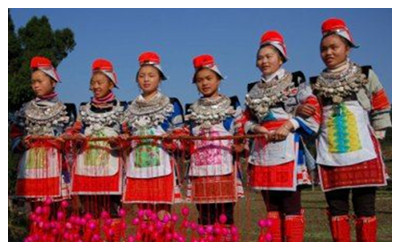 |
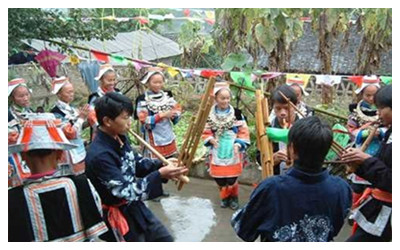 |
In Gejia people’s home, you can see the bows and arrows enshrined in the niches, which are reminiscent of Hou Yi. Gejia language, attires, customs and totems are characterized by their simplicity and exoticness. The ancient lifestyles perished long ago in other parts of China still thrive here. For instance, the outstanding batik technique of Gejia people has combined the practices of Han, Tang and Qing dynasties. Today, it ranks as top folklore art form which is sought after by outsiders both home and abroad. Main festivals celebrated here include Gejia People New Year, Hajie, Ancestor Worship Festival, February 2nd, Dragon Boat Festival, Ghost Month Festival and Chongyang Festival, etc
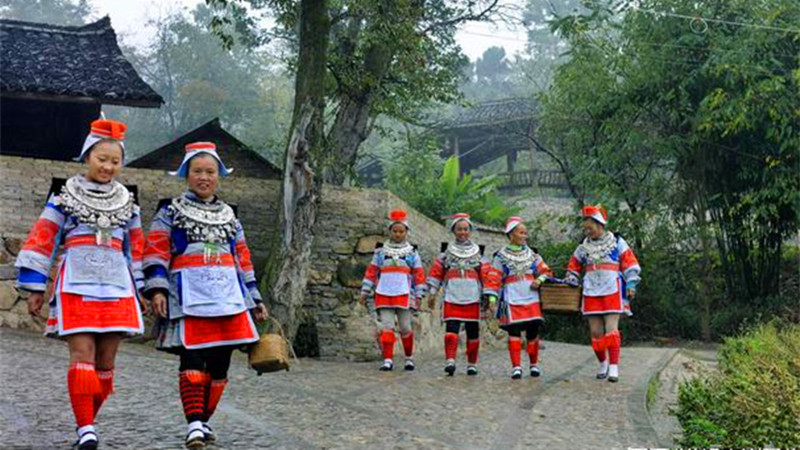
A beautiful legend is devoted to this marginalized group. Rumor has it that the ancestors of Gejia people were talented animal raisers, who dwelled in the royal palace and in charge of keeping all the rare animals. One day, an emperor was offered with one cat with shinning golden furs, whose heavenly beauty would enchant every beholder. One day, this emperor chanced upon a tame lion in the cage and ordered one Gejia man to put them together. This man had no choice but to obey this ridiculous order. Sadly, the cat was killed by the lion in several minutes. Irritated, this emperor deprived this Gejia man of his title and sent him off to look for a similar cat. Fail to fulfill the mission, this Gejia man sought refuge in Kali’s lush forest and never came out again. However, about their lineage, Gejia people have a total different story. They believe in Hou Yi, the God of Archery who shot down 9 scorching suns according to Chinese mythology, is their ancestor and God. From their attires, you can still perceive this ancient sun worship.
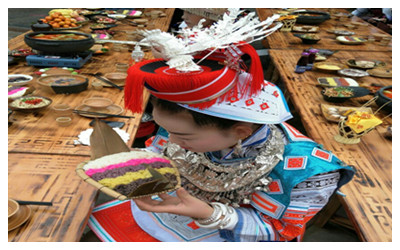 |
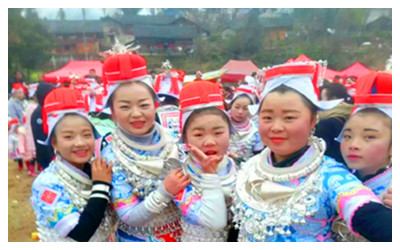 |
Travel Tips
Add: Matang Village, Longchang Town, Kaili City, Guizhou Province 凯里市龙场镇麻塘寨
Oening Hours: 08:00-18:00
Entrance Fee: CNY 50



 Ask Questions ?
Ask Questions ?